Peppers bring color to the garden and spice to the kitchen. While they are not as easy to grow as tomatoes, they have similar cultural requirements and share some pests and diseases. Peppers are heat-loving vegetables that do not tolerate frost. They should be started from seed indoors early in spring.
With a bit of extra care, full sunlight, adequate water, and fertile soil peppers will thrive in your garden. For gardeners new and experienced, peppers can be a challenging crop to grow.
You are viewing: Why Are My Pepper Plants Not Growing
Most types of peppers are slow-growing, and sometimes it seems they are not growing at all! In this article, we look at the top reasons your peppers are not growing and how to fix it, from seed to maturity.
Soil is Too Cold to Germinate

Growing peppers from seed is an exciting way to try new varieties, although it requires patience and attention. Pepper seeds need warm soil to germinate, around 75-85 degrees Fahrenheit, and they can take from a week to 14 days to sprout.
If the soil is too cold, the seeds will either germinate very slowly or the seeds may rot and not sprout at all. Slow-growing seedlings tend to be weaker and more susceptible to diseases like damping off.
How to fix slow germinating peppers? Before you start pepper seeds, plan ahead to provide a warm environment for your seed trays or soil blocks. Soil-heating mats (aka seedling mats) are an excellent, safe way to heat the soil and root zone of your pepper seedlings.
Heating the soil means that the seedling soil dries out more quickly. Check your pepper seeds daily and water them to avoid the soil from drying out completely while they are germinating and while the seedlings are small.
If you live in a dry climate where the soil mix dries out rapidly, it can help to cover the soil lightly with plastic wrap or a seedling dome to help retain soil moisture until the first seed sprouts.
If using plastic or a humidity dome you may need to vent it occasionally to prevent moisture build up, and remove the cover promptly once the seeds have germinated.
Not Transplanting
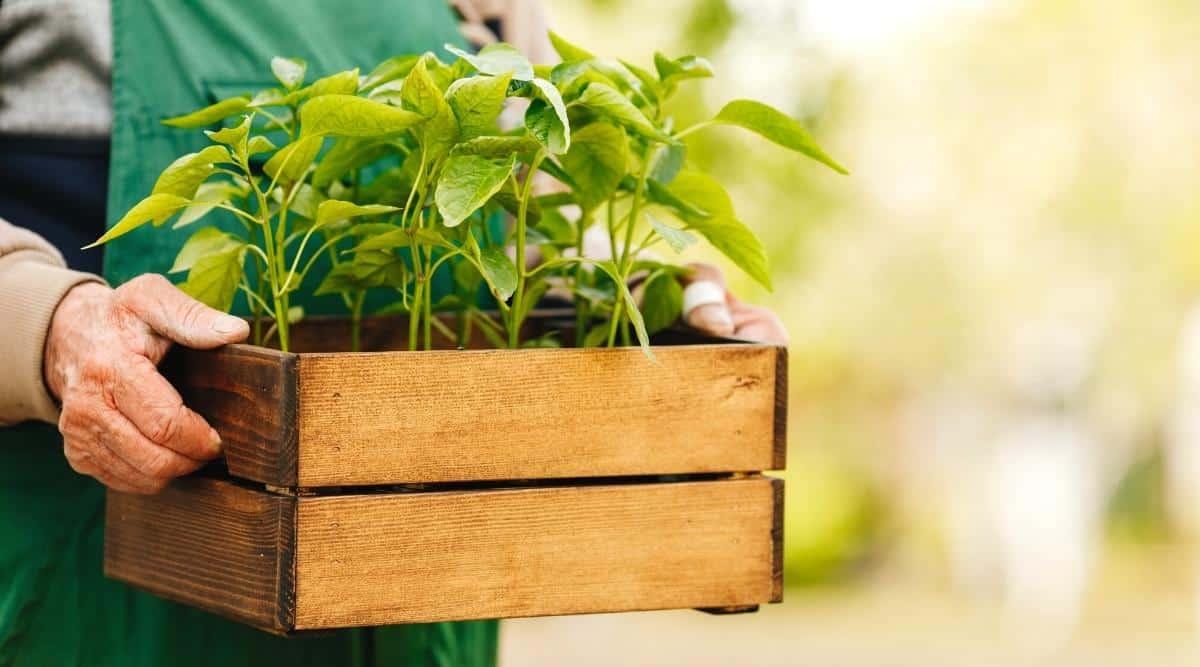
Did you plant your pepper seeds directly in the garden when the soil warmed in spring and now they are not growing, or are growing painfully slowly? Peppers thrive when transplanted, rather than directly seeded into the garden.
Most North American gardens do not have a long enough frost free season for a pepper seed to mature into a producing plant outdoors.
Transplanting is standard practice for peppers in most climates, even in those with a long enough growing season to accommodate a pepper plant from seed to maturity.
Pepper seeds have specific germination requirements, and transplanting allows more control over the environment than directly planting seeds in the garden. Pepper seedlings grow slowly and cannot tolerate any frost, so they need extra care indoors before planting out.
Transplant Shock
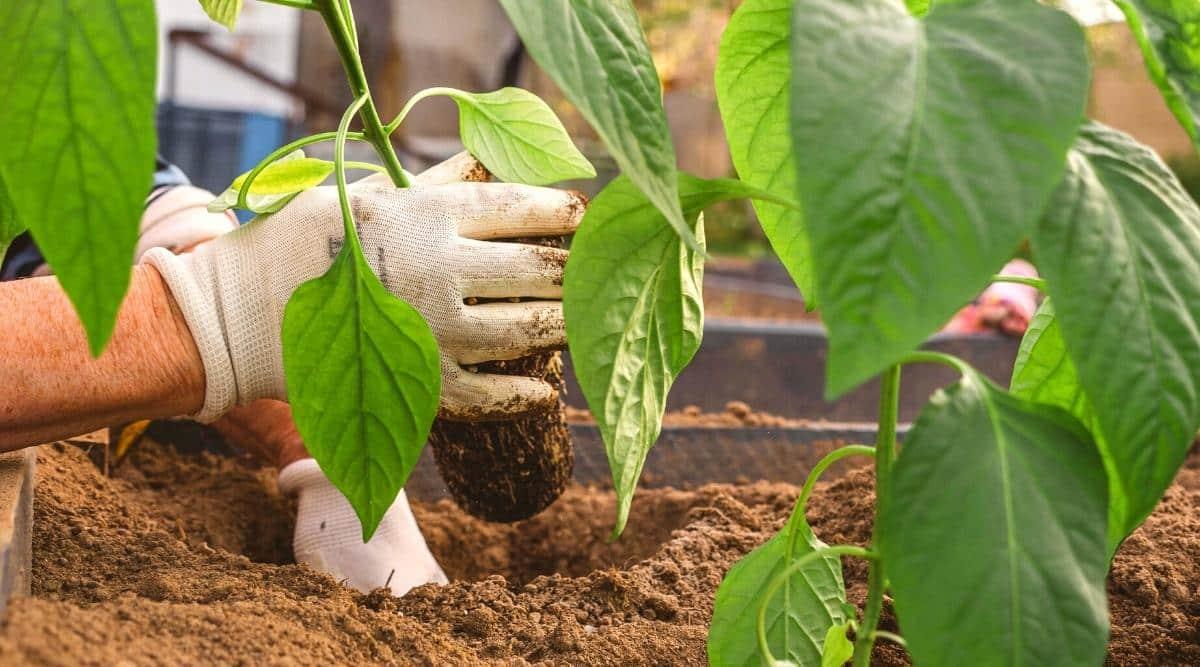
Peppers thrive as transplants, however, many times pepper transplants appear to do nothing after putting them out in the garden. A major reason for this is transplant shock – a period of time the plant takes to adjust to its new home before it starts actively growing vegetation.
Before the pepper can grow new leaves, it needs to establish its roots in its new soil. If the transplants were rootbound, this period of the establishment will take longer.
What can you do to fix transplant shock? Transplant shock can be lessened by hardening off the transplants for a few days before planting into the garden. To harden them off, put your seedlings outside for a few hours a day in a protected location.
Increase the hours outside and sun and wind exposure each day. A few days before planting them out, leave the peppers out all night to acclimate further. Be extra attuned to the nightly low temps and do not harden off or transplant if freezing or near-freezing temperatures are predicted.
Read more : Why Does Music Sound Faster At Night
When planting out, make sure the transplants have plenty of water at planting time. If you garden in a harsh climate, use lightweight floating row covers over the plants for a week or two after transplanting to help reduce shock. Choose a row cover that allows a high percentage of light through, versus a heavy-weight frost protection cover.
Rootbound Transplants
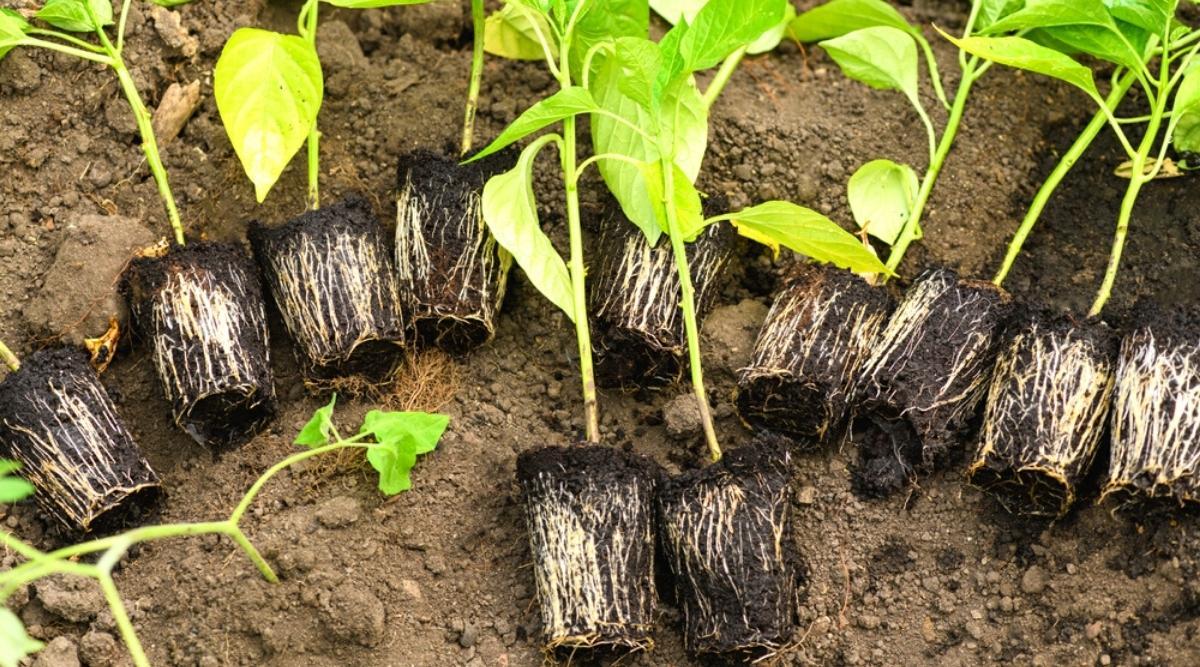
Transplanted peppers thrive when planted at the right time in their growth trajectory. Prime time to transplant peppers (or most any plant) is when the roots are bright white, with visible root hairs, before the roots start to circle the bottom of the cell.
Once the roots start to circle the bottom of the cell, the plants become rootbound and it takes them considerably longer to overcome the circling and establish themselves in the garden. Some extremely rootbound transplants fail to establish and will remain stunted their entire life.
Planting rootbound transplants is a common reason pepper plants may not be growing. Fixing rootbound transplants is mostly a matter of prevention. Though it is tempting to start pepper plants in early spring, plan your seeding time based on the calendar and your frost-free dates.
Pepper plants can be planted out after threat of frost has passed, so count backwards from that date 7 or 8 weeks to determine the best time to start seeds.
As your seedlings mature, check the roots of a few plants to see if they are starting to circle. If the roots are starting to circle before you are ready to plant them out, pot up the plants into larger cells to allow the growth to maintain a steady trajectory.
If you purchase transplants for your garden, always check the roots before buying, and choose pepper plants whose roots are a healthy bright white, non-circling, with visible root hairs.
Lack of Water/Too Much Water
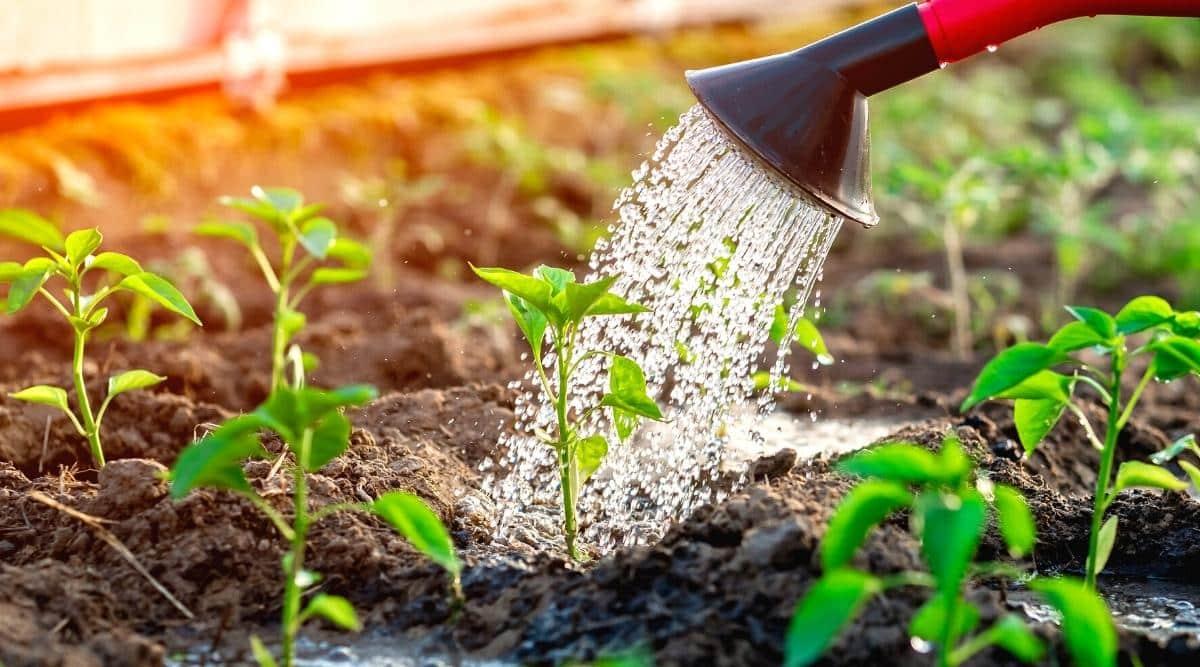
Once your pepper plants have been transplanted into the garden, monitor the water carefully while they are young. Forgetting to water newly transplanted peppers is a common reason they will not grow well. Do not let the soil around the newly planted peppers dry out completely.
Overwatering is also a common reason peppers do not grow well. Overwatering symptoms look similar to underwatering – wilted leaves and floppy stems. Most vegetable plants, including peppers, cannot thrive in soil that is constantly saturated and they effectively drown from lack of soil oxygen.
Over or under watering is best fixed by prevention and attention to soil moisture before it becomes a problem. Monitor soil moisture by poking your finger into the soil down to the second knuckle. If you feel moisture, wait a day to water. If the soil is dry then water deeply and check the moisture before watering again.
Soil is Too Cold
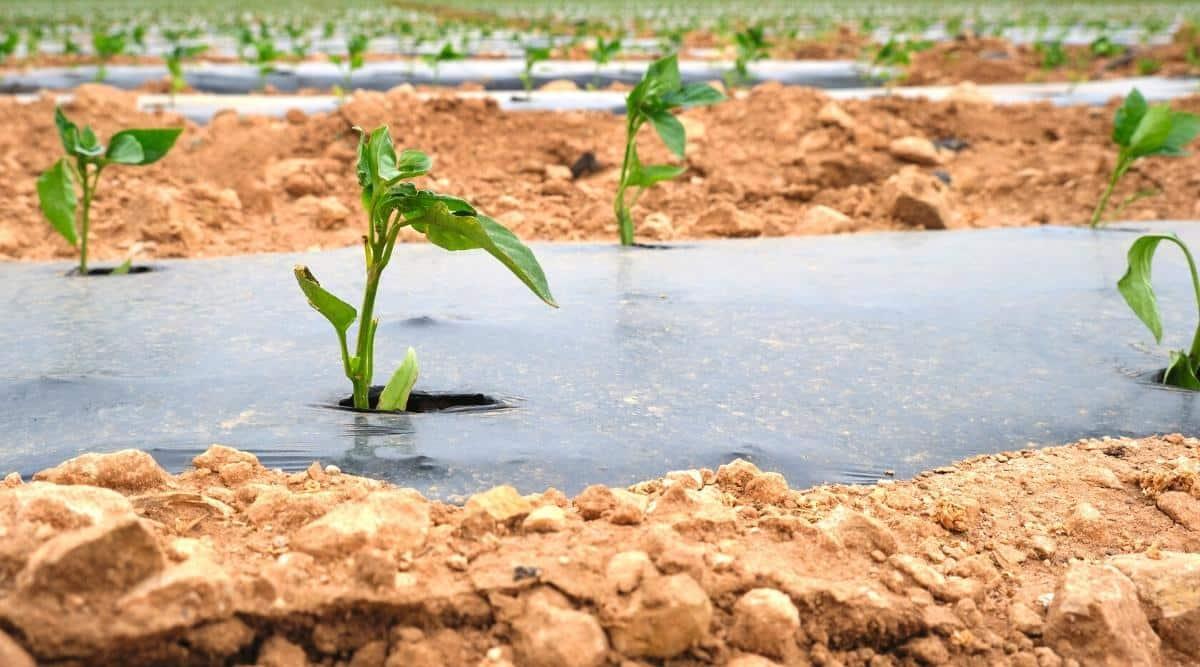
Peppers thrive in the heat, and that includes warm soil temperatures. After transplanting, cold soil temperatures may be to blame for your pepper plants failing to grow.
What can you do about cold soils? Soil warms in the spring with the heat of the sun. Gardens with south or west-facing exposures will warm before north-facing gardens. If you have a choice of garden site, choose a southern exposure.
Trim back shrubs or trees that cast shade on your garden soil to improve sun exposure. Clear any plant debris or mulches on the soil to allow the sun to hit the soil directly.
Another technique used by many commercial growers that can be applicable to small scale gardens is to use black plastic mulch to warm the soil quicker in the spring.
The black plastic mulch also helps control weeds. Downsides of plastic mulch are the extra cost and labor to install, and contribution to more plastic waste in the environment.
Air Temperatures are Too Cold
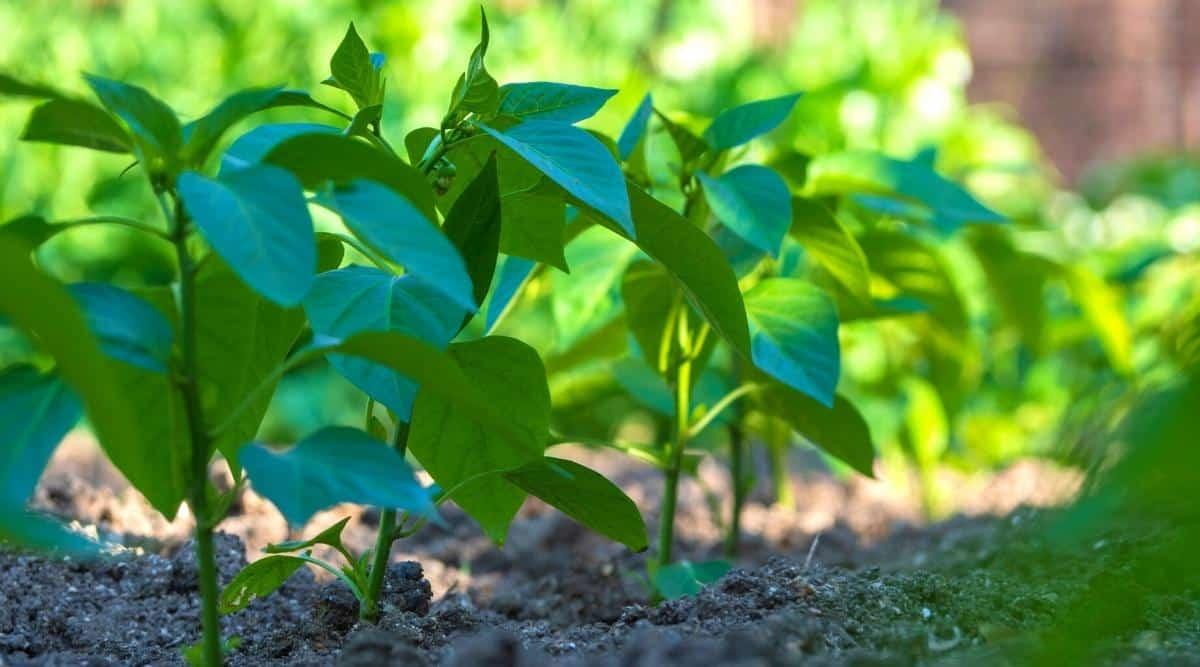
Peppers are native to tropical climates. They are not comfortable if air temperatures dip down too cold, and are damaged or killed at freezing or near-freezing temperatures. Even if nights are above freezing, but consistently cold, pepper plants will not grow quickly.
What can you do to help cold temperatures? First, be patient in spring when planting out the peppers and wait until all threat of frost has passed and nights are consistently in the 50s. After planting out, monitor night time temperatures for very cold nights and protect your pepper plants with a frost blanket.
Read more : Why Do Sharks Eyes Turn White
Help increase nighttime temperatures around the plants by using black plastic mulches or bare soil that can absorb heat during the day and release warmth over night, versus using straw or light colored mulches that reflect the sun’s rays, keeping the heat at bay.
Too Hot for the Fruit to Set
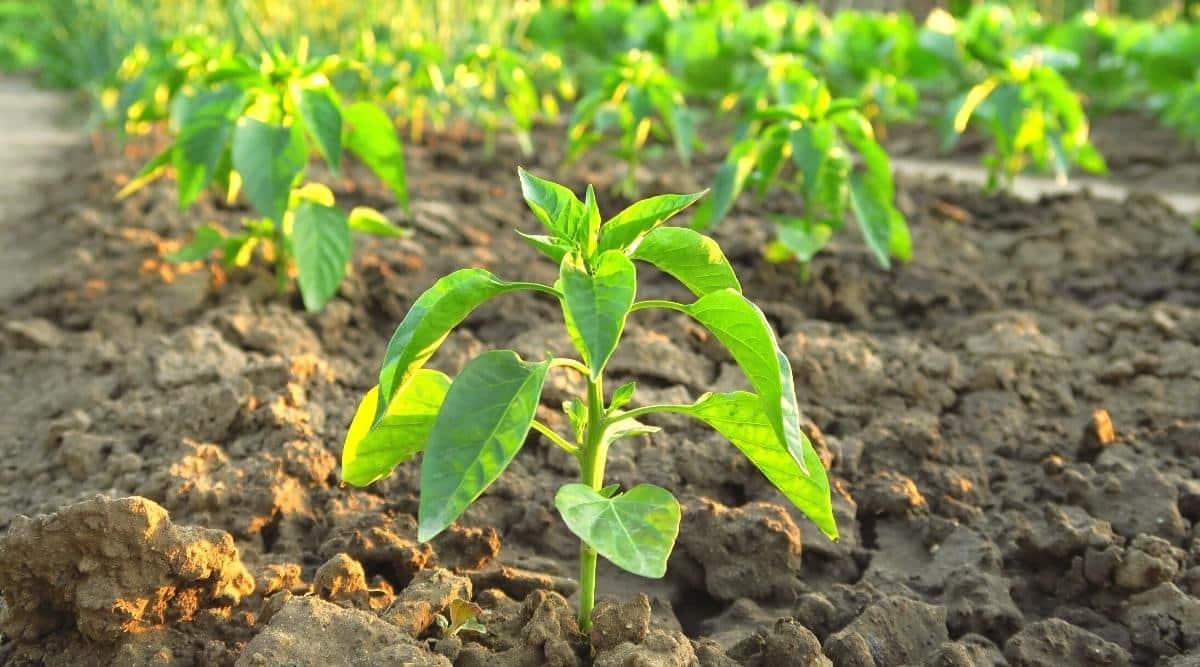
Peppers are similar to tomatoes in that extreme heat causes the blossoms to abort rather than set fruit. Generally, temperatures over 85 degrees fahrenheit inhibit fruit set. The first way to fix this is to just be patient!
As hard as it may be, usually extremely hot temperatures pass on their own, and the pepper plants will start to set fruit again once temperatures are more ideal.
If you live in a climate that is consistently hot, try planting peppers where they receive morning sun but are shaded during the hottest hours of the late afternoon. Shade cloth is also an option, but can be cumbersome and expensive.
Not Enough Fertility in the Soil
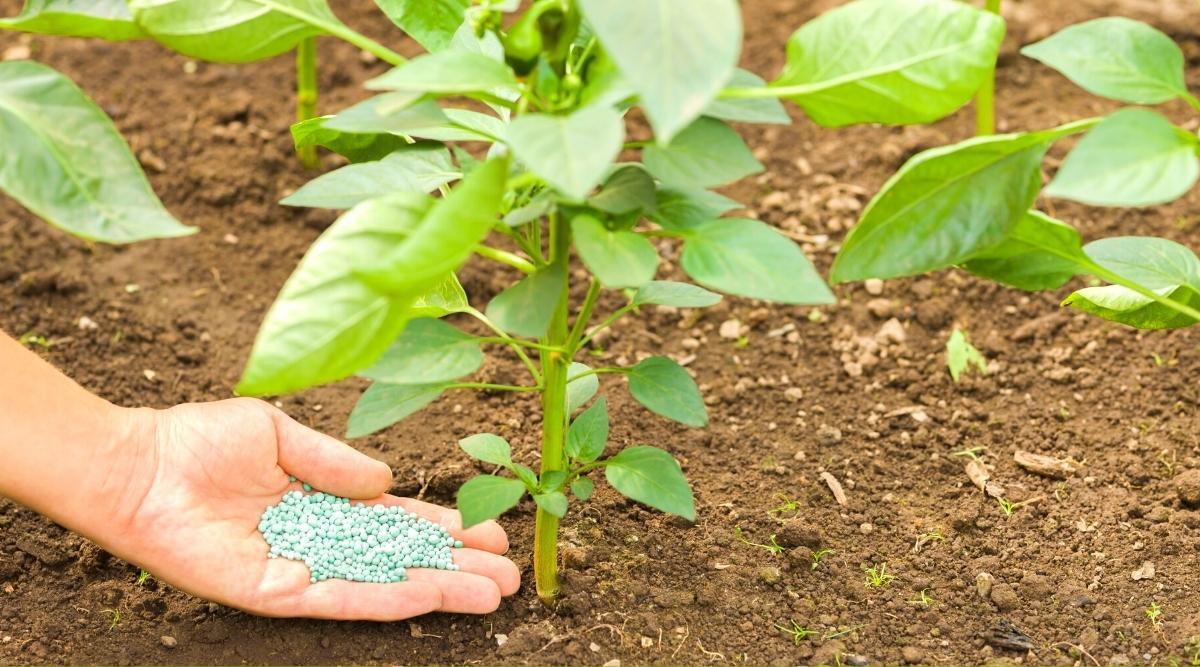
Peppers need lots of fertility over their long season to produce big healthy plants that have prolific fruits. Insufficient fertility will result in few or small peppers, and commonly is the cause of blossom end rot. Incorporate ample amounts of compost and/or a balanced fertilizer formulated for vegetables prior to planting.
An additional mid-season side dressing of compost can be beneficial too. One thing to note when using compost or fertilizer is that too much nitrogen will encourage leaf growth with little fruiting. Compost derived from chicken or steer manure can be high in nitrogen.
Peppers, like tomatoes, are prone to blossom end rot – an unfortunate rotten spot on the bottom of an otherwise beautiful pepper. Blossom end rot starts as a soft spot that appears like a bite or scrape out of the pepper skin. The damaged area makes the fruit prone to disease, and may turn black with infection. Blossom end rot can severely reduce pepper yields.
Blossom end rot is due to insufficient available calcium when the pepper is just starting to mature. Calcium is used in the cell walls of the pepper fruit, and is what helps give it the structure and thick skin. Do a soil test before applying any amendments to determine a baseline of how much available calcium is in your garden soil.
Depending on the soil test results, you may need to apply calcium-rich bone meal or other fertilizer to the soil prior to planting to help alleviate blossom end rot. Always apply amendments according to the instructions on the product, and incorporate it into the soil thoroughly.
Calcium uptake is also greatly improved by making sure the soil is wet and the plants are not drought-stressed during fruit formation, since calcium is moved into the plant tissues via water.
Less Than Ideal pH of the Soil
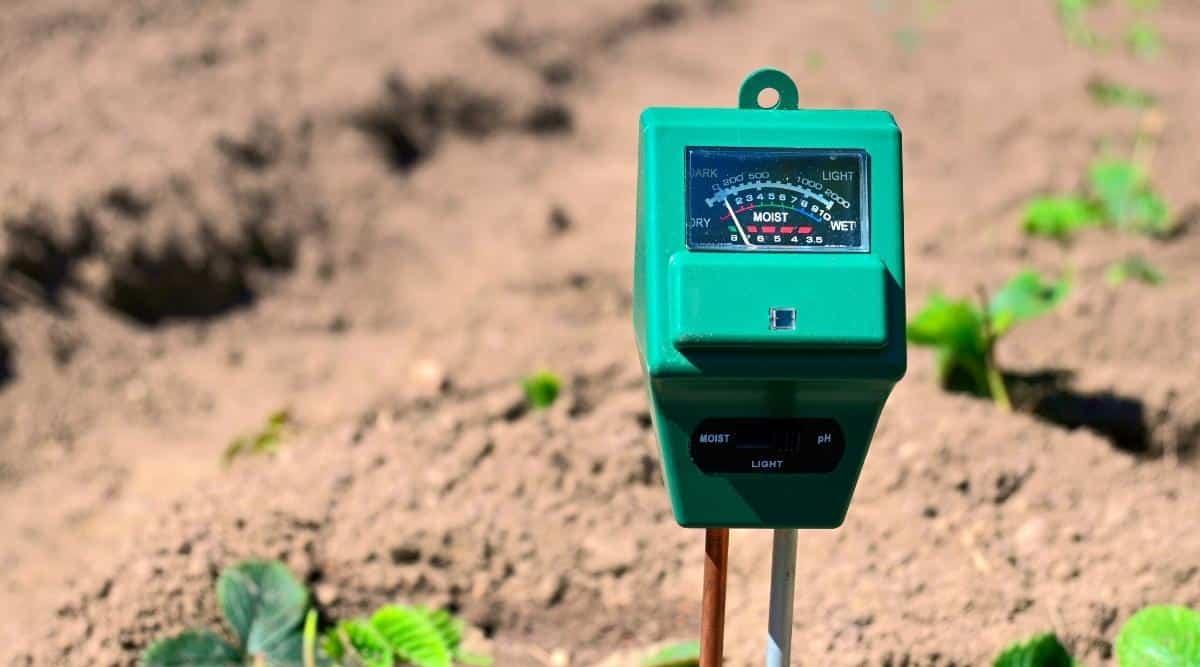
Peppers thrive in 6.5 to 7 soil pH and may struggle in highly acidic or highly alkaline soils. Soil pH has a big impact on how available soil nutrients are to plants. Nitrogen, phosphorus, and potassium are nutrients peppers need which are most available to them at 6.5 to 7 ph.
Before planting, have your garden soil tested through a reputable soil lab that gives N-P-K analysis and pH. Percent organic matter is also a useful metric that most soil testing laboratories provide. High percent organic matter is beneficial for peppers and most all garden crops, and usually helps soil pH be more balanced.
Unfortunately, soil pH can be a hurdle to adjust, and it is neither easy, cheap, or quick to fix. Most amendments that adjust soil pH, such as lime to raise soil pH or sulfur to lower soil pH, take time to be effective. Results may not necessarily be seen in the first growing season after application. Adding compost is another remedy for adjusting soil pH, though again, it takes time.
Before attempting to adjust your soil pH, get a soil test. Follow the recommendations in the soil test, or contact the soil testing lab for more information. Do judicious research of what amendments to use, how much to apply, and when it is safe to plant after applying amendments.
Always follow the application and safety directions listed on the product. Failing to follow amendment application instructions exactly can cause environmental pollution in the form of run-off and even make your soil issues worse.
If your garden soil is extremely acidic or alkaline, consider building raised beds with imported garden soil, or container gardening. The time you spend battling pH, testing, and reapplying amendments may be better spent building garden beds with balanced soil that garden plants thrive in.
Not Enough Sunlight
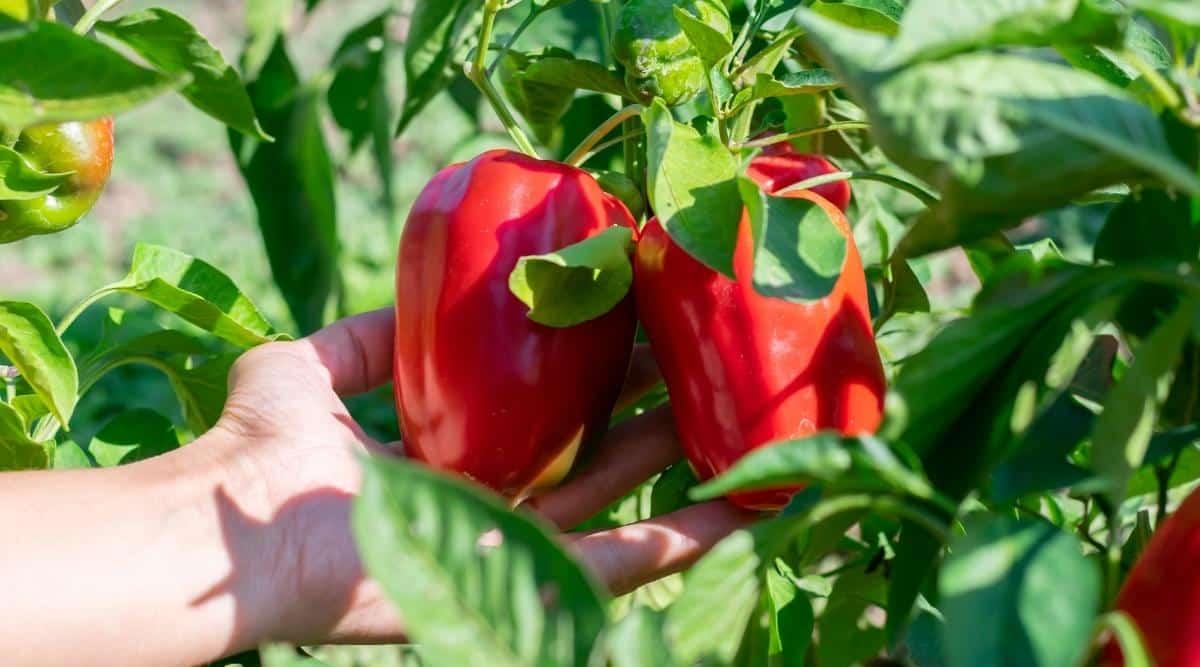
Lack of sunlight can cause most vegetable crops to fail to thrive. Plants depend on sunlight for photosynthesis, which is how they power themselves! Peppers need full sun to perform their best, meaning 8+ hours a day of sunlight.
If you grow peppers in containers, you may simply be able to move them to a location that receives more sunlight! If your peppers are in ground, it may be necessary to trim trees or shrubs that cast too much shade. Unfortunately, if the lack of sunlight in your garden is caused by buildings or other structures, your only option may be to move your garden to a sunnier spot.
Source: https://t-tees.com
Category: WHY
